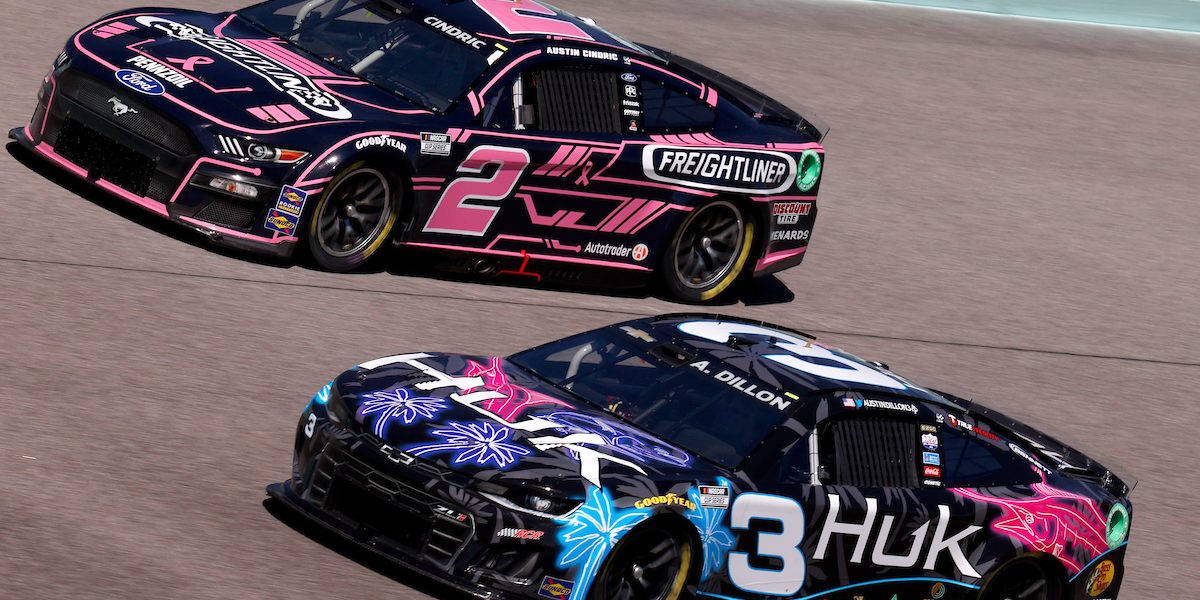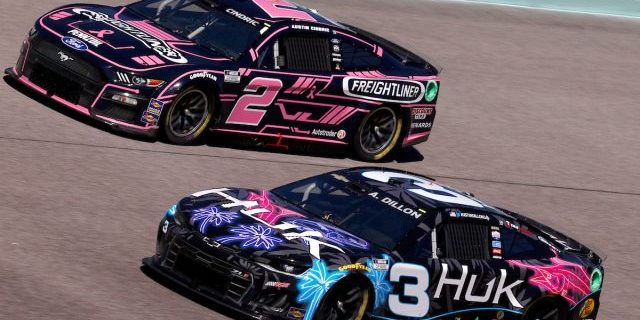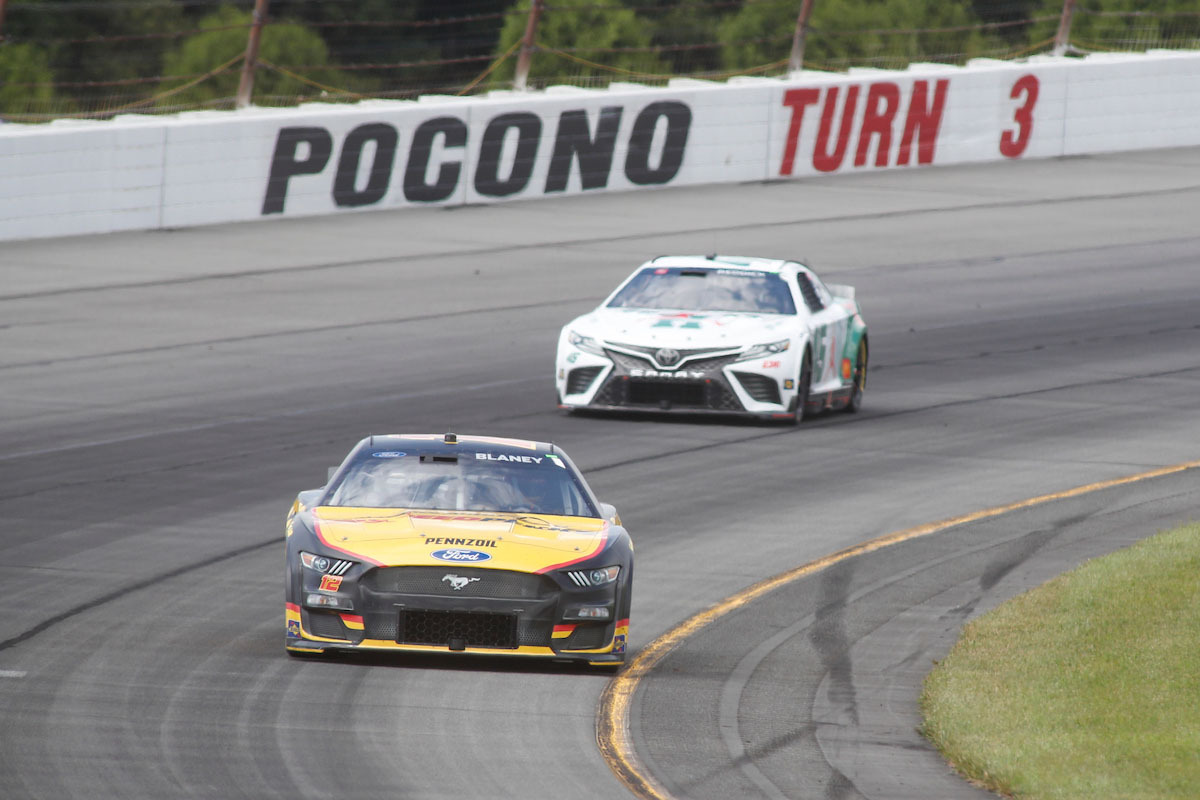How to get into NASCAR racing


You’re passionate about cars and speed, and you’re wondering how you can turn that into a career in NASCAR racing.
If you want to get into NASCAR racing, the path typically involves honing your driving skills, gaining racing experience, and making the right industry connections.
Table of Contents
In This Article
In this article, we’ll provide you with an exhaustive roadmap to kickstart your career in NASCAR racing. From sharpening your driving skills to understanding the importance of networking in the industry, we’ll delve deep into each aspect to set you up for success.
Ready to accelerate your journey? Here’s everything else you’ll need to know.
A Detailed Explanation of the Roadmap to NASCAR Racing
Getting Started: Karting and Lower Tier Races
Most professional racers start their journey with karting or other forms of entry-level racing. This foundational step is essential for acquiring the basic driving skills and racing techniques you’ll need as you climb the ranks. Not only does karting offer a relatively low-cost entry into the world of racing, but it also provides a platform to compete and get noticed.
Advanced Training: Simulators and Coaching
As you progress, consider using racing simulators to further hone your skills. Simulators can mimic the high-speed, high-pressure conditions you’ll experience in an actual NASCAR race. Additionally, investing in a skilled coach can offer you tailored feedback and insights that are invaluable for improvement.
Gaining Experience: Regional and National Events
Participation in regional and national racing events is crucial. These competitions not only give you exposure but also help you earn points that count toward your racing license. Many of these events can also act as a scouting ground for NASCAR teams looking for up-and-coming talent.
Making Connections: Networking in the Industry
In NASCAR, as in many other professions, networking can open doors. Attend industry events, seminars, and races to meet people who can provide introductions and recommendations. Building a strong professional network can significantly accelerate your path into NASCAR.
Here’s everything else you need to understand about making your NASCAR dreams a reality.
What Types of Licenses Do You Need?
Before you can officially hit the NASCAR track, you’ll need the proper racing licenses. A racing license certifies that you’ve met certain criteria and are skilled enough to compete. In the U.S., you usually start with a beginner’s permit, participating in smaller events to earn points that will allow you to move up to regional and then national licenses.
How to Build a Portfolio and Resume
As you gain experience, start building a racing portfolio and resume. This should include your racing history, wins, and other notable achievements. Having a well-prepared resume can make you stand out when you’re approaching sponsors or racing teams. Additionally, social media platforms and a personal website can serve as supplementary tools to showcase your skills and connect with industry professionals.
Funding and Sponsorship: How to Get It
In racing, talent alone won’t get you very far; you’ll need financial backing. This is where sponsorships come into play. Companies invest in racers and, in return, get to advertise their brand through various means, such as logos on your car and racing suit. To attract sponsors, you’ll need to have a good track record and a compelling proposal. Often, smaller, local businesses are a good starting point before aiming for larger, national sponsors.
Physical and Mental Preparedness
Racing is physically demanding and requires peak mental condition. Regular fitness training and mental conditioning exercises can enhance your performance. Yoga, meditation, and cognitive drills are used by many professionals to improve focus and relieve stress. Physical fitness not only affects your driving but also your resilience during long, arduous races.
Safety Measures and Equipment
Safety should be your number one priority. Invest in high-quality racing gear such as helmets, gloves, and fire-resistant suits. Modern racing cars are equipped with advanced safety features, including roll cages and HANS devices (Head and Neck Support), which are mandatory in most professional races. Regularly inspect your car for any defects or issues that could compromise safety.
The Importance of a Support Team
No one gets into NASCAR alone. Having a skilled and reliable support team can make or break your racing career. This includes mechanics, coaches, family, and friends who can provide emotional and technical support. The right team can help you with car maintenance, race strategies, and provide moral support, crucial for mental well-being.
Continuous Learning and Improvement
The racing industry is ever-evolving, with new technologies and strategies continually emerging. Always be willing to learn and adapt. Whether it’s mastering a new racing technique or understanding the latest car modifications, staying updated will give you an edge over your competitors.
How to get into NASCAR racing – Final Thoughts
Congratulations, you’ve just taken a significant step towards making your NASCAR dream a reality. From honing your driving skills in karting to navigating the complexities of sponsorship and networking, this comprehensive guide has equipped you with the tools you need to accelerate your career. Now it’s time to put this knowledge into action and take your passion for racing to the next level. Rev up those engines and chase that checkered flag!
How to get into NASCAR racing – FAQ
What are the age requirements for NASCAR?
The minimum age for NASCAR’s top series is 18, but some lower-tier divisions accept drivers as young as 14.
Do I need a regular driver’s license to start racing?
A standard driver’s license is not required to participate in most racing events, although it may be helpful for logistical reasons.
How much does it cost to get started in NASCAR racing?
Initial costs can vary widely, but expect to spend a few thousand dollars on basic equipment and entry-level races.
Can I get into NASCAR if I live outside the United States?
Yes, although you may need to participate in regional races in your country first and then move to the U.S. to compete in NASCAR-specific events.










